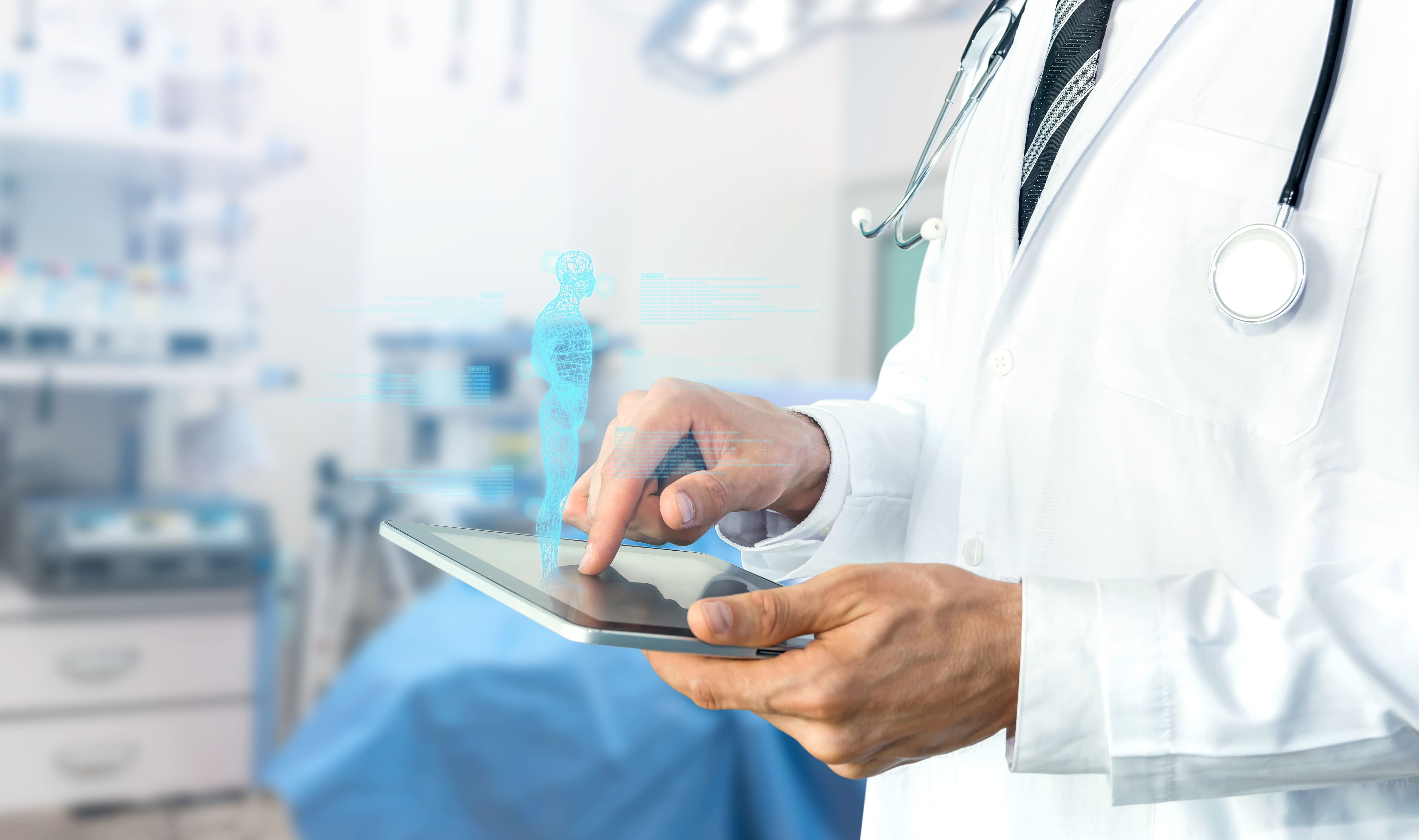5 Cases of A.I Diagnosing Illnesses
Doctors and other health professionals are always looking to leverage the latest technology to diagnose patients more quickly and accurately. Nowadays, the latest developments in artificial intelligence are so advanced that they are capable of not only assisting in diagnosing but can do it all by themselves. Today we would like to tell you about some of the most interesting cases of AI diagnosing illnesses which shows just how far this technology has come.
Using Chatbots for General Practice
Recently, Babylon Health created an application that can help diagnose illnesses by using chatbot that can communicate with patients. This is a subscription-based service that uses voice recognition technology to help people find out if their symptoms are something they need to worry about and, if so, what the illness is. All a person has to do is open the app and tell the chatbot what is troubling them. For example, someone can say “I have a headache”. The chatbot would proceed to ask additional questions until it determines that it has enough information to make a diagnosis. After that it will tell you what you need to do in the event that your symptoms are a sign of something serious.
Now that we have looked at how AI can be used to supplement a general practice physician, let’s take a look at how it handles cases in specific medical areas.
Diagnosing Oncological Diseases
Researchers at Stanford University have developed a very advanced algorithm that can diagnose skin cancer with pin-point accuracy. In order to train the system, 130,000 images needed to be annotated which contain all kinds of skin lesions. This could really make a huge impact since 5.4 million patients are diagnosed with skin cancer each year and the sooner you can detect it, the higher the chances of defeating it.
In order for us to understand how this technology works, we need to know how skin cancer is diagnosed by human dermatologists. First, a person goes into the doctor’s office for a visual examination who uses a dermatoscope to get a detailed view of the lesion. If it is determined that a particular lesion is, in fact, cancerous or it is not possible to determine, then the patient will have to undergo a biopsy.
Here is the most interesting part. Twenty one dermatologists studied 370 images in order to determine the proper treatment for a particular lesion. The same images were reviewed by the machine learning algorithms with the same level of accuracy. This new technology is very promising because of the workload it can take off doctors by diagnosing the simple cases and leaving the more difficult ones for human professionals.
Diagnosing Pathological Diseases
Interestingly enough, the method of diagnosing pathological diseases has not changed in more than a century. Just like a hundred years ago, doctors needed to observe an image under a microscope, the same thing remains true today. Well, researchers from the Harvard Medical School have created an algorithm that can detect and diagnose tumors by integrating various speech and image recognition technology.
How did these algorithms become so good at diagnosing almost all of the tumors? Researchers had to annotate various cancerous and noncancerous regions so that the machine could distinguish between the two. Over time, they were able to achieve an amazing 92% success rate when compared with a human pathologist, but when you combine both human and machine results, a 99.5% success rate is achieved.
Diagnosing Less Common Diseases
An interesting new app called Face2Gene uses facial recognition to diagnose a rare disease called facial dysmorphia. All of the photos of the patient’s face are inserted into the machine for facial analysis and the system itself is capable of finding possible symptoms of this illness. Some of the biggest and most trusted names in the medical field are standing beyond this new app including the Cleveland Clinic and Kaiser Permanente.
Using AI to Diagnose Lung Disease
Researchers in Paris, have created a machine-learning algorithm that can analyze pulmonary function tests for patterns that can be hard for humans to detect. A study was conducted that included 120 pulmonologists from 16 hospitals who looked at historical data from 1,430 patients at 33 hospitals in Belgium. It was determined that artificial intelligence was twice as accurate which proved that this is a reliable method of getting a second opinion after a visit to the pulmonologist.
Hone Your Technology With Accurate Data Annotation
We mentioned in some of the examples above how data annotation was used to train the machine learning algorithms to diagnose symptoms and diseases more accurately than humans. In order to increase the level of accuracy, even more, you will need top quality data annotation that will correspond to the results you are hoping to achieve. Mindy Support can provide all of the data annotation services you need and can assemble even the most sizable team for you in a short time period. We work with MRIs, CT scans, mammograms, PET scans, and X-rays to provide all of the analysis and data annotation services you need. We have worked with clients from the United States, Israel and the EU to help them create cutting edge medical solutions.






